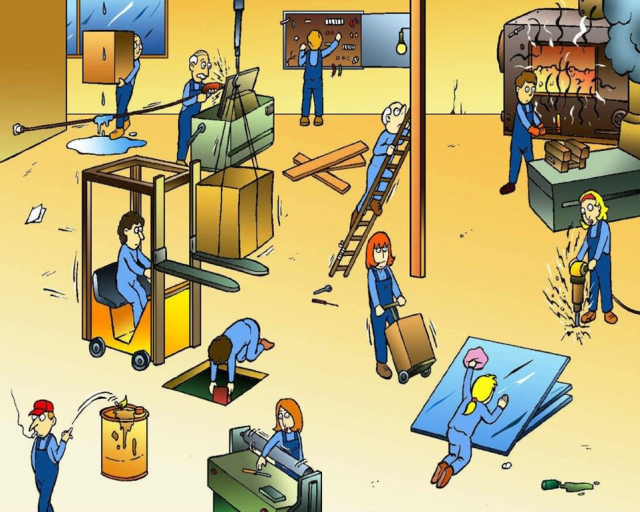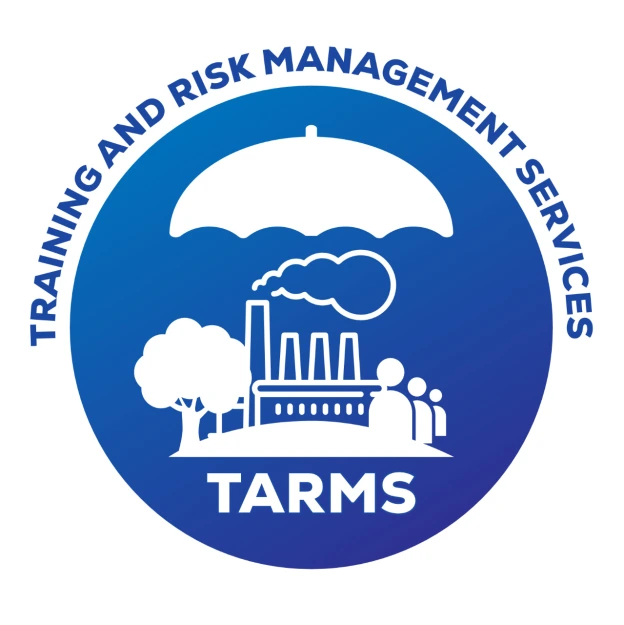
What are organizational hazards at construction site
Organizational hazards at construction sites are risks that arise due to the way a construction project is managed and organized. These hazards can significantly impact the safety, health, and efficiency of workers. Here are some common organizational hazards at construction sites:
- Poor Communication
- Hazard: Lack of clear communication between management, supervisors, and workers.
- Impact: Increases the risk of accidents, misunderstandings, and delays.
- Inadequate Training
- Hazard: Workers not being adequately trained for their tasks.
- Impact: Increases the likelihood of accidents due to improper handling of equipment or lack of awareness about safety protocols.
- Insufficient Supervision
- Hazard: Lack of proper supervision or oversight on the job site.
- Impact: Can lead to unsafe work practices, non-compliance with safety procedures, and increased risk of incidents.
- Poor Work Planning and Scheduling
- Hazard: Inefficient planning, rushed timelines, or unrealistic deadlines.
- Impact: May cause workers to take shortcuts, leading to increased risks of accidents or poor-quality work.
- Inadequate Safety Policies and Procedures
- Hazard: Lack of clear safety policies, or failure to enforce existing procedures.
- Impact: Leads to unsafe working conditions, confusion about safety responsibilities, and increased injury risks.
- Lack of Proper Equipment and Tools
- Hazard: Inadequate or malfunctioning equipment provided to workers.
- Impact: Increases the likelihood of accidents and injuries, as workers may use improper tools for tasks.
- Understaffing
- Hazard: Insufficient number of workers to complete tasks safely.
- Impact: Causes overworking of staff, leading to fatigue, stress, and increased potential for accidents.
- Inadequate Emergency Preparedness
- Hazard: Lack of emergency plans, drills, or equipment.
- Impact: Increases risks during emergencies, such as fires, collapses, or medical incidents, leading to potentially severe outcomes.
- Inconsistent Enforcement of Safety Regulations
- Hazard: Safety rules are not uniformly enforced across the site.
- Impact: Creates an environment where some workers may ignore safety practices, increasing overall risk.
- Poor Housekeeping
- Hazard: Inadequate site cleanliness and organization.
- Impact: Leads to trip hazards, falling objects, and a cluttered work environment, increasing the risk of accidents.
- Cultural and Language Barriers
- Hazard: Differences in language or culture among workers.
- Impact: Can lead to misunderstandings, non-compliance with safety practices, and communication challenges.
- Improper Workload Distribution
- Hazard: Uneven distribution of work among workers.
- Impact: Some workers may be overburdened, leading to fatigue and stress, while others may be underutilized, causing inefficiency.
Nutshell
These organizational hazards can be mitigated through proper planning, effective communication, adequate training, consistent enforcement of safety policies, and regular supervision. Ensuring that safety is a priority at all levels of the organization is key to reducing these risks at construction sites

